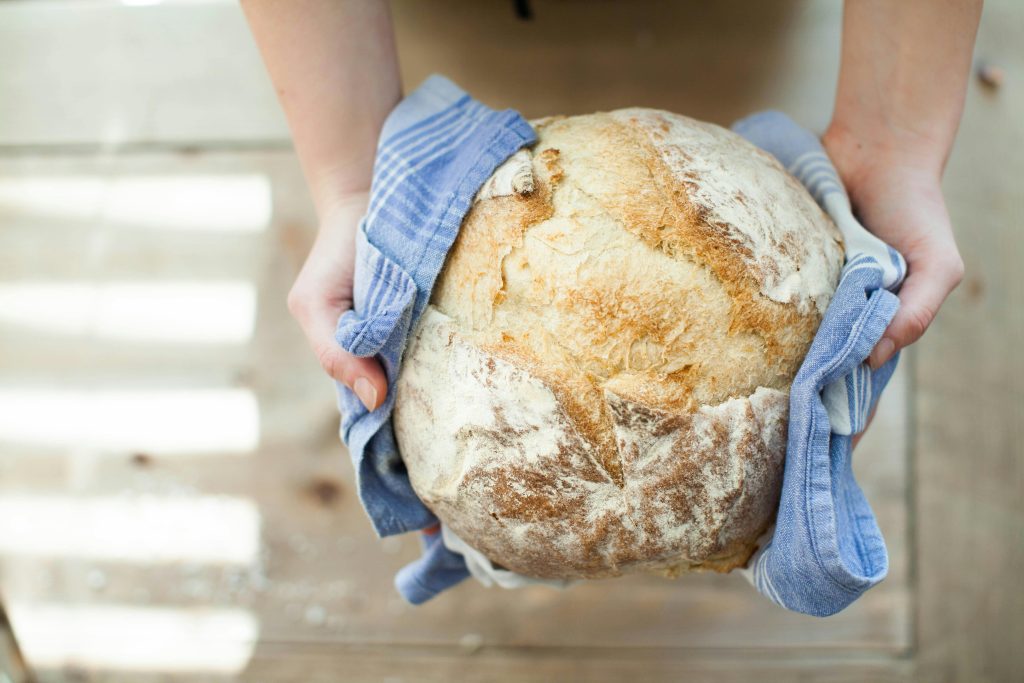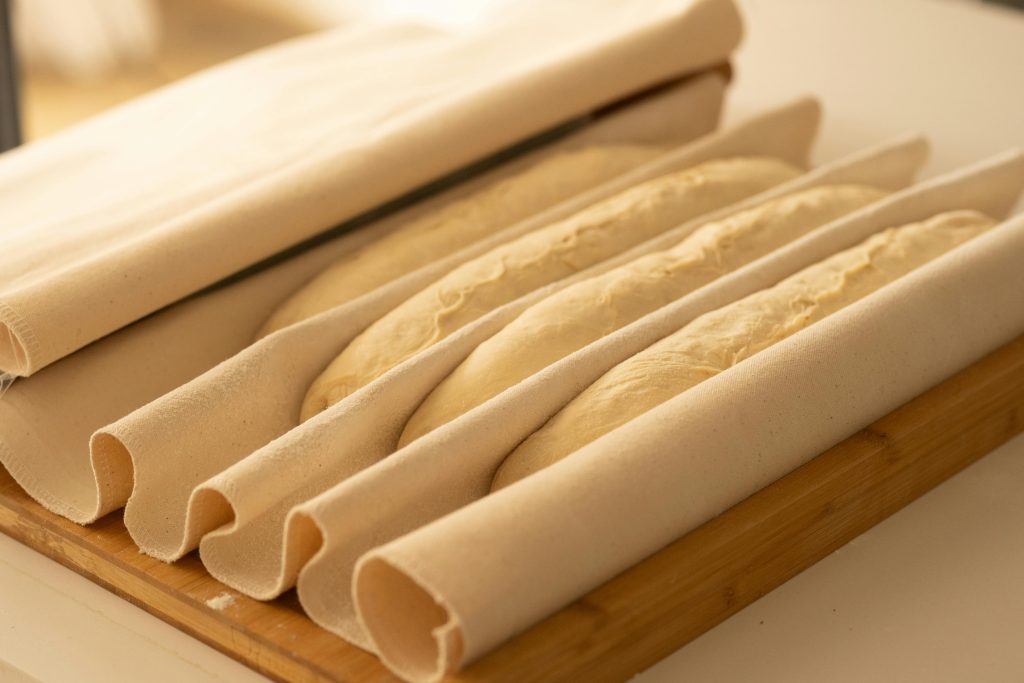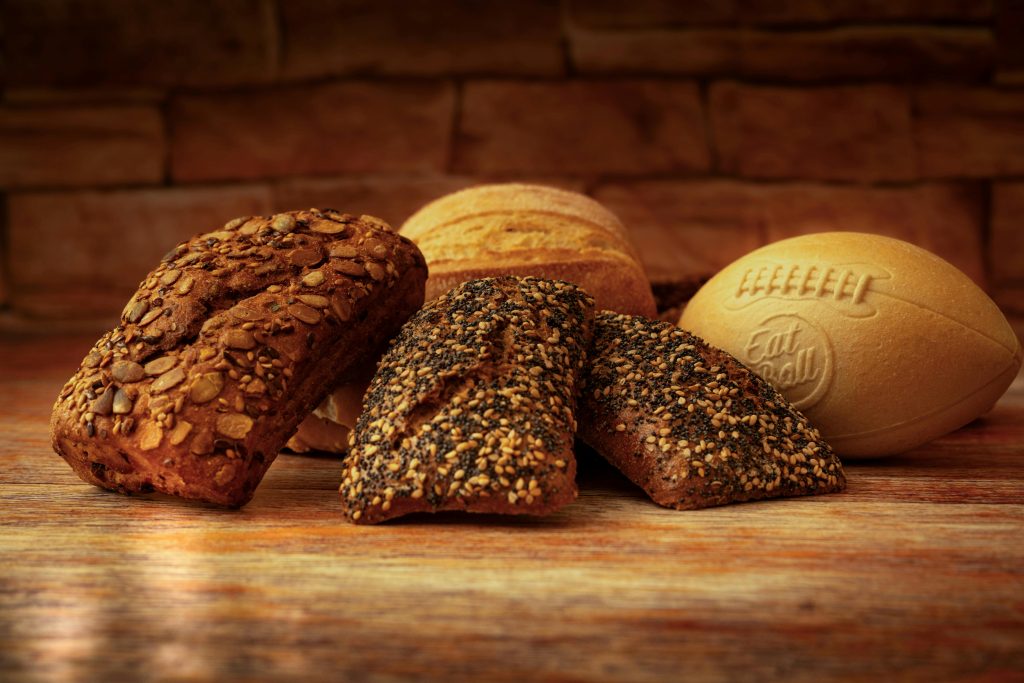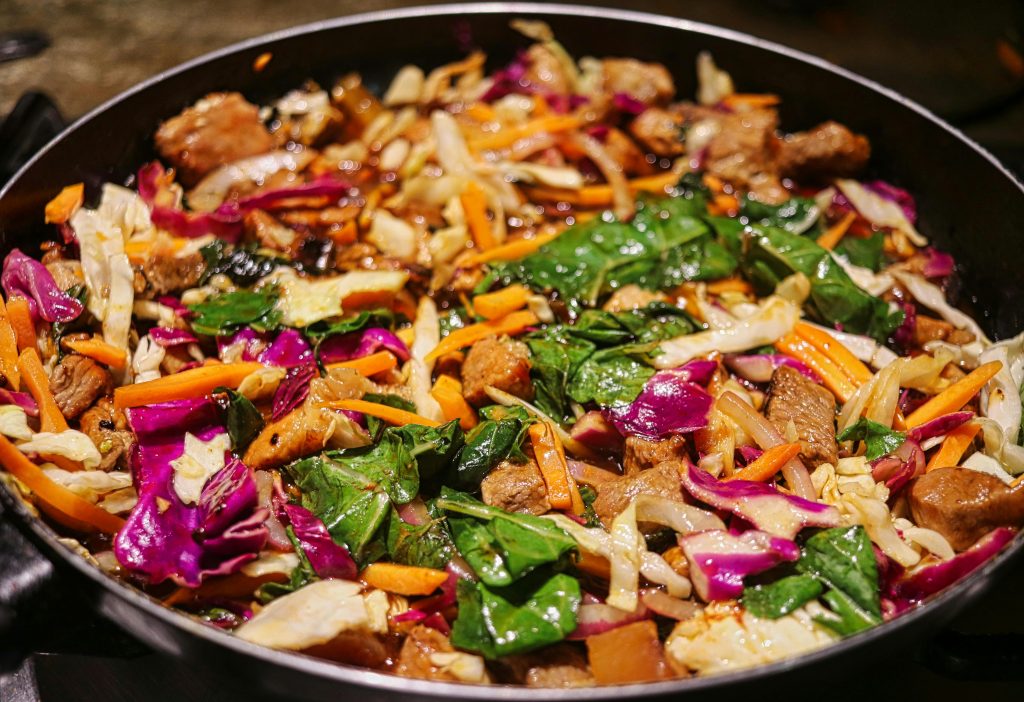Navigating the Aisle
The humble loaf of bread. A staple across cultures, a source of comfort, and often, the subject of intense scrutiny when weight management comes into play. In our quest for a healthier lifestyle, bread frequently finds itself on the “avoid” list, shrouded in myths and misconceptions. But what if I told you that not all bread is created equal, and in fact, some varieties can be valuable allies in your journey to maintain or even lose weight?
As an expert in well-being, I’m here to guide you through the often-confusing world of bread and help you make informed choices. Let’s slice through the superstitions and get to the heart of what truly matters when selecting bread for your health goals.

The Great Bread Blacklist: Unpacking the Myths
For years, bread has been unfairly demonized, often lumped into the category of “empty carbs” that supposedly sabotage any attempt at weight management. Let’s address some of the most common myths:
- Myth 1: All bread is fattening. This is a sweeping generalization that couldn’t be further from the truth. The impact of bread on your weight depends heavily on its composition, particularly its fiber content, processing, and the portion size consumed. Highly processed white bread, stripped of its bran and germ, does offer fewer nutrients and can lead to rapid blood sugar spikes, potentially contributing to weight gain over time if consumed in excess. However, whole grain varieties tell a very different story.
- Myth 2: Cutting out all bread is the key to weight loss. While drastically reducing calorie intake can lead to initial weight loss, completely eliminating entire food groups is often unsustainable and can lead to nutrient deficiencies. Moreover, this restrictive approach can foster a negative relationship with food, potentially leading to cravings and overeating later on. A balanced and enjoyable dietary approach is far more effective in the long run.
- Myth 3: Gluten is the enemy for everyone. Gluten, a protein found in wheat, barley, and rye, has become a buzzword in recent years. While it’s a genuine concern for individuals with celiac disease or non-celiac gluten sensitivity, for the vast majority of the population, gluten poses no threat to weight management or overall health. Eliminating gluten unnecessarily can even limit your intake of beneficial whole grains and fiber.
- Myth 4: White bread has no nutritional value. While it’s true that white bread undergoes processing that removes significant amounts of fiber, vitamins, and minerals, and they often enriched with folic acid, iron, niacin, thiamine, and riboflavin. While not a nutritional powerhouse compared to whole grains, it still contributes some essential nutrients to the diet. The key difference lies in the quantity and the overall dietary pattern.

The Champions of the Crumb: Bread That Supports Your Goals
Now that we’ve debunked some of the common misconceptions, let’s focus on the types of bread that can be a valuable part of a weight-conscious diet:
- Whole Wheat Bread: This is often the gold standard when it comes to healthy bread choices. Made with the entire wheat kernel – the bran, germ, and endosperm – whole wheat bread is rich in:
- Fiber: The indigestible part of the grain, fiber adds bulk to your diet, promoting feelings of fullness and satiety. This can help you eat less overall and support weight management. Fiber also plays a crucial role in regulating blood sugar levels, preventing those rapid spikes and crashes that can lead to cravings. Furthermore, it supports healthy digestion and gut bacteria.
- Nutrients: The bran and germ contain essential nutrients like B vitamins, iron, magnesium, and zinc. These contribute to energy production, immune function, and overall well-being.
- Whole Grain Bread (Beyond Wheat): The world of whole grains extends far beyond wheat. Explore breads made from:
- Spelt: An ancient grain with a slightly sweet and nutty flavor, spelt bread is a good source of fiber and protein. Rye: Known for its distinct, slightly sour taste and dense texture, rye bread is often higher in fiber than wheat bread and can promote satiety. Oats: Oat bread, made with whole oats or oat flour, offers soluble fiber, which has been linked to lower cholesterol levels and improved blood sugar control. Barley: Barley bread has a chewy texture and a mild, nutty flavor, providing a good source of fiber and selenium.
- Sourdough Bread: This traditionally made bread undergoes a fermentation process using wild yeasts and bacteria. This fermentation offers several potential benefits:
- Improved Digestibility: The fermentation process breaks down some of the gluten, making it potentially easier to digest for some individuals (though not suitable for those with celiac disease).
- Lower Glycemic Index (GI): Studies suggest that sourdough bread may have a lower GI compared to conventionally leavened white bread, meaning it causes a slower and more gradual rise in blood sugar levels. This can help manage hunger and energy levels.
- Potential Prebiotic Effects: The fermentation process can produce prebiotics, which feed beneficial bacteria in your gut.

The Art of Portion Control and Mindful Consumption
Even the healthiest bread can contribute to weight gain if consumed in excess. The key is moderation and mindful eating. Here are some tips:
- Be mindful of serving sizes: A standard serving of bread is typically one slice (around 30 grams). Pay attention to the nutrition label and be aware of how many slices you’re consuming.
- Pair it wisely: Instead of just eating it on its own, combine it with nutrient-dense toppings like avocado, lean protein (grilled chicken or fish), vegetables, or a small amount of healthy fats (like olive oil). This adds nutritional value and promotes satiety.
- Listen to your body: Pay attention to your hunger and fullness cues. Don’t eat bread just because it’s there.
- Consider your overall diet: Bread is just one component of your dietary pattern. Focus on a balanced intake of fruits, vegetables, lean proteins, and healthy fats.
- Don’t fear bread, understand it: Instead of viewing it as the enemy, learn to differentiate between the types and make informed choices that align with your health goals.
- Read more about its impact on your weight here: https://www.bariradka.com/2025/02/24/bread-sabotaging-your-weight-loss/

Weaving Bread Back into Your Wellness Journey
Bread doesn’t have to be banished from your plate in your pursuit of a healthy weight. By understanding the nutritional profiles of different types of bread and practicing mindful consumption, you can enjoy this versatile food as part of a balanced and sustainable dietary approach. Choose whole grains, savor the flavor, and listen to your body. The journey to well-being is about nourishment and balance, not restriction and deprivation. So, go ahead, select a wholesome loaf and enjoy the simple pleasure of good bread, guilt-free.

